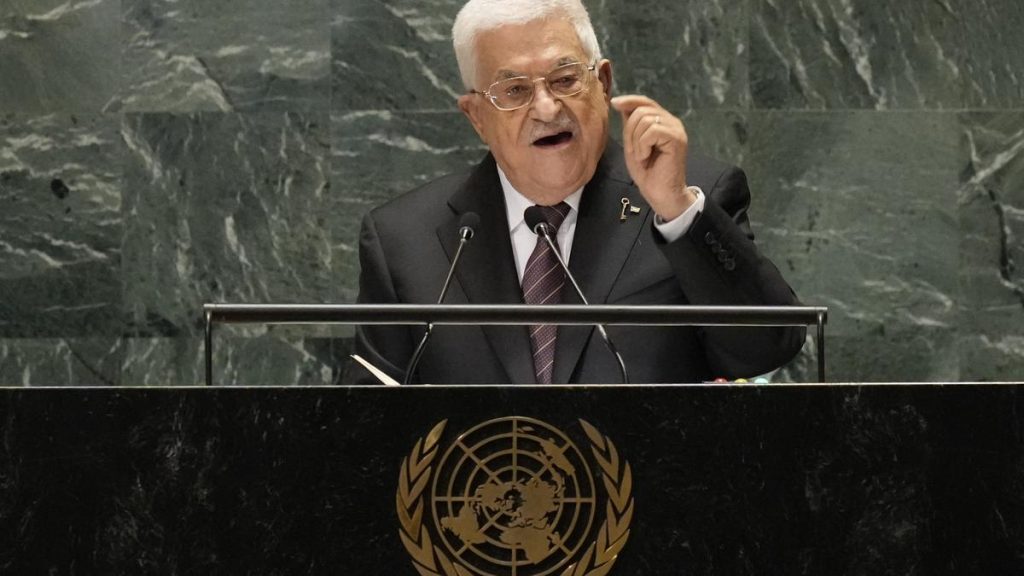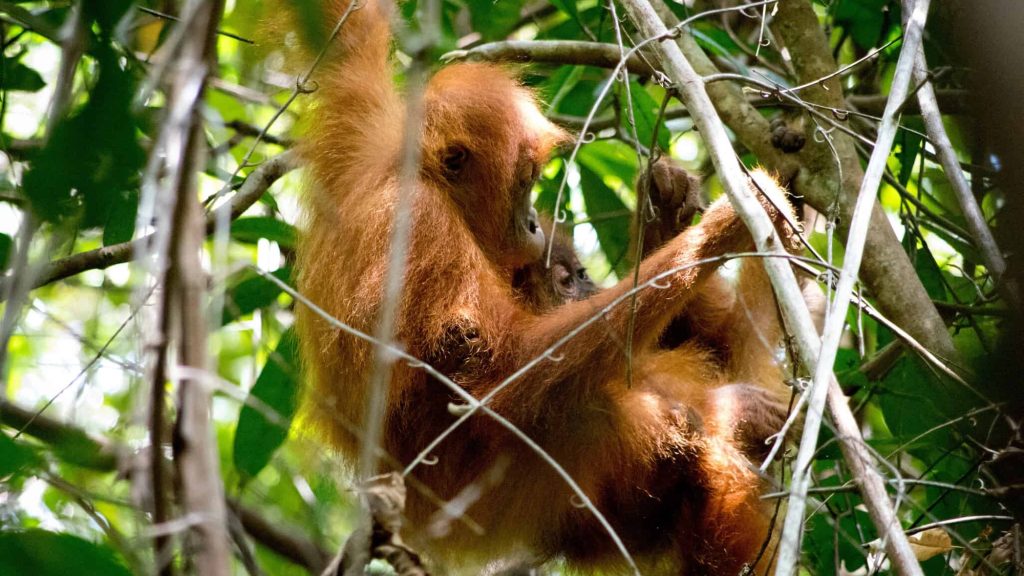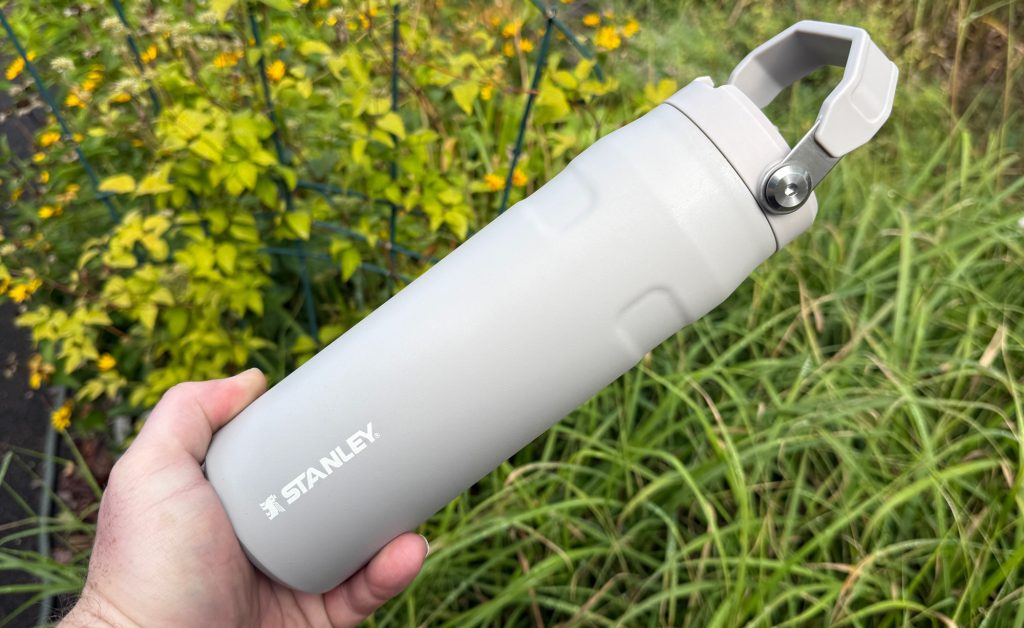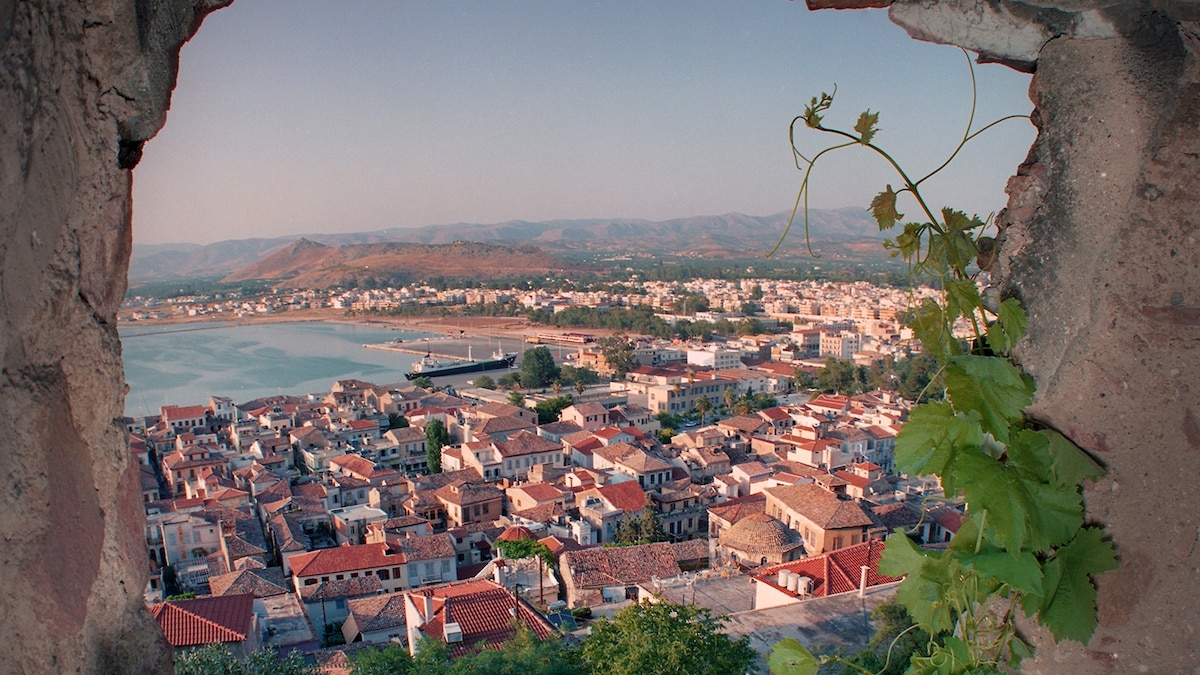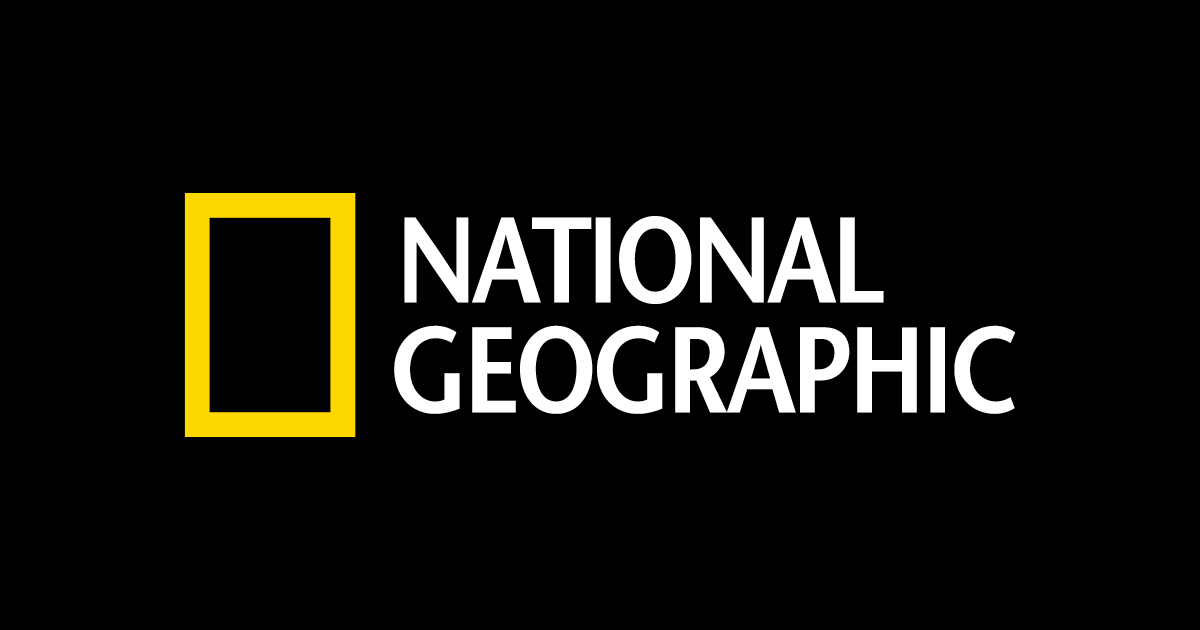Now Reading: OpenAI Contest Winners Reveal Where Archaeologists Should Dig Next
-
01
OpenAI Contest Winners Reveal Where Archaeologists Should Dig Next
OpenAI Contest Winners Reveal Where Archaeologists Should Dig Next
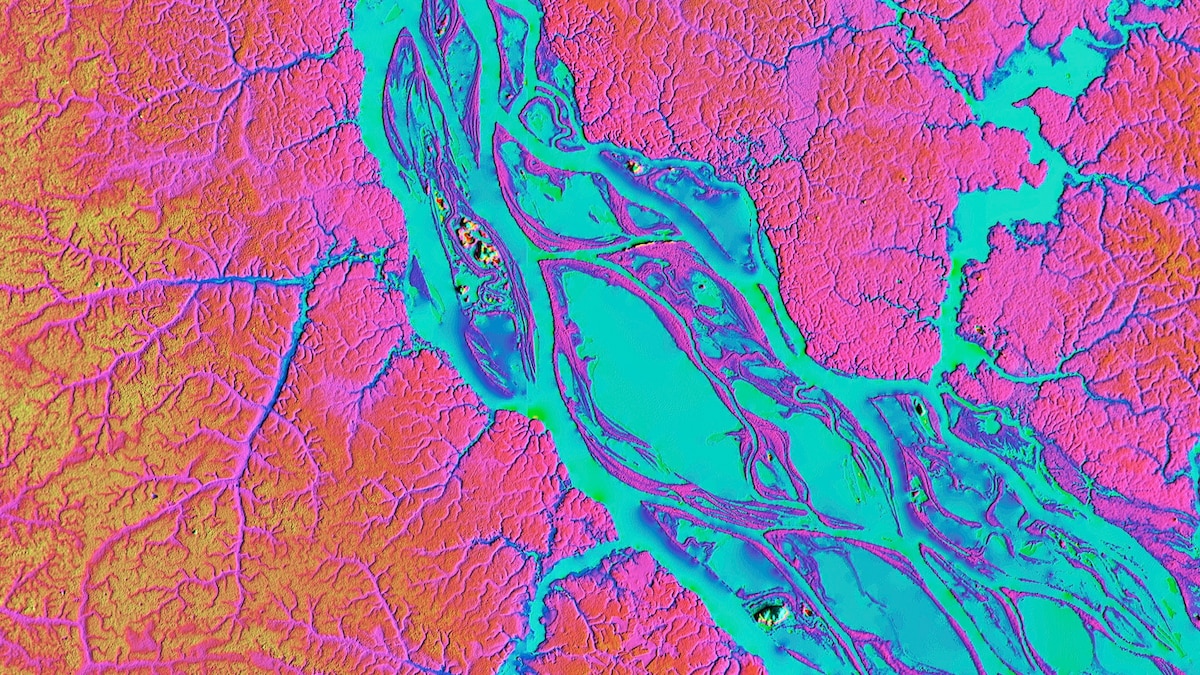
Fast Summary
- Archeologists collaborated with OpenAI to host a global competition using AI and satellite data to locate undiscovered ancient sites in the Amazon rainforest.
- The winning team,”Black Bean,” identified 67 locations measuring about a square mile that may contain archeological significance,primarily clustered near water bodies.
- The team utilized deep learning models trained on public databases such as LiDAR data, Google Earth Engine imagery, and NASA elevation models for their analysis.
- Judges praised the team’s method for merging various datasets and producing replicable results; thay won $250,000 in cash prizes and premium OpenAI credits.
- Concerns arose regarding ethical issues as critics pointed out non-consultation of Indigenous groups residing near targeted areas. Brazil’s Indigenous ministry initially objected to how the competition proceeded without addressing their concerns.
- The datasets used did not include regions with known uncontacted Indigenous groups, according to organizers. Parcak emphasized that AI is unlikely to replace archeologists but helps scale existing techniques of remote sensing used for decades.
Indian Opinion Analysis
The collaboration between archeology experts and cutting-edge AI tools represents an innovative approach toward rediscovering ancient civilizations while bypassing physical constraints posed by dense forests like the Amazon basin-which could inform methodologies globally including India’s own rich ancient research efforts using GIS technologies or drones on archaeological surveys such Harappa influence zones similar large-scale exploratory use
Though lessons ethics raised questions integral applicability next future developments sensitive cultural heritage


